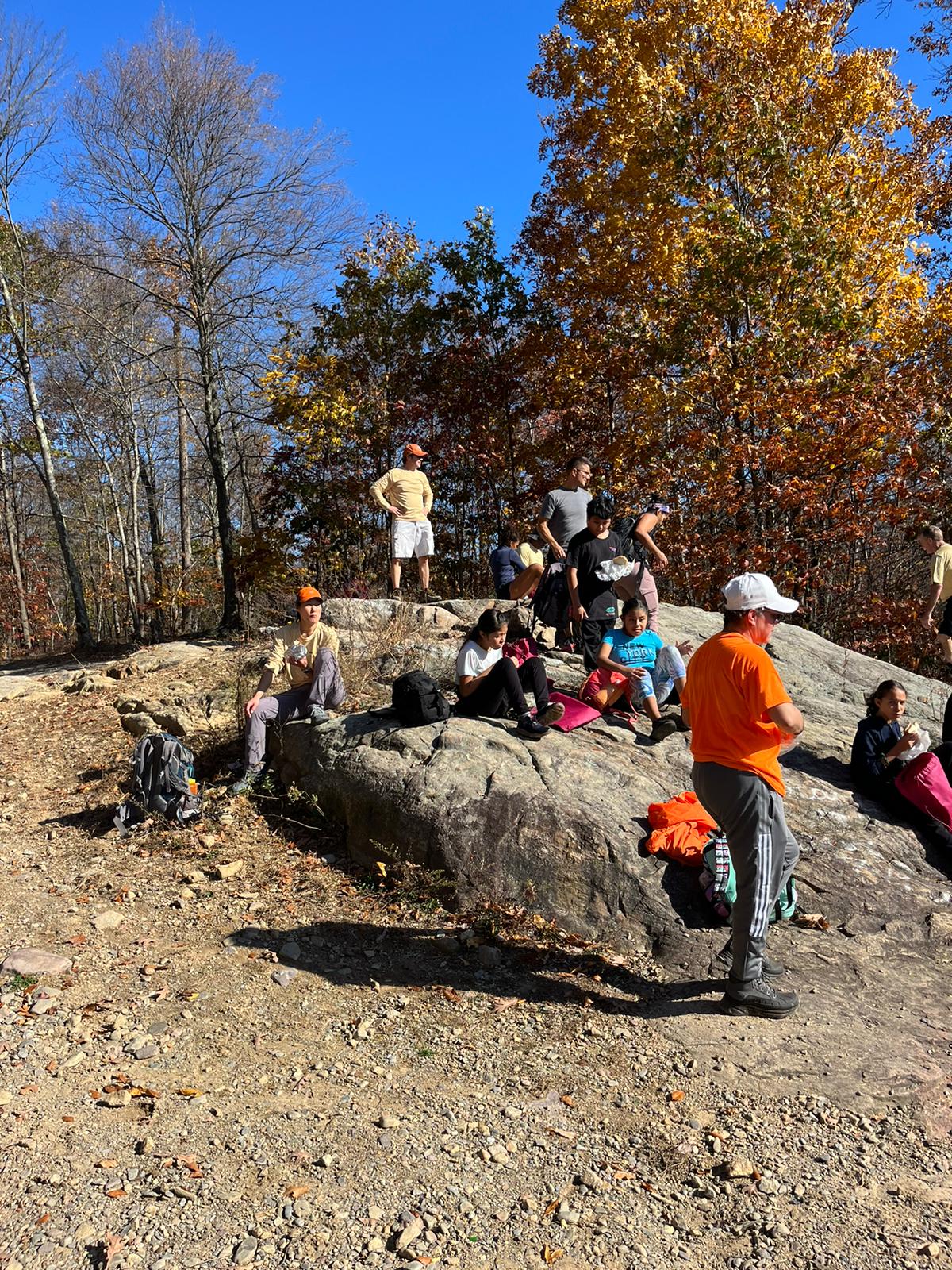Introducing urban youth to outdoor adventures is a transformative endeavor that bridges the gap between city life and nature. This transition offers numerous benefits, from enhancing physical health to fostering mental well-being and environmental stewardship. However, the journey from urban streets to forest trails presents unique challenges. By examining effective strategies and success stories, we can better understand how to facilitate this essential connection.
The Importance of Nature Exposure for Urban Youth
Urban environments often limit access to natural spaces, leading to a phenomenon known as “nature deficit disorder.” This lack of interaction with nature can contribute to increased stress, reduced physical activity, and diminished creativity among youth. Engaging with nature, particularly through activities like hiking, has been shown to boost creative thinking and improve overall well-being. A Stanford University study highlighted that walking can enhance creativity by up to 60%, with outdoor walks being particularly effective.
Challenges in Introducing Urban Youth to Hiking
Several obstacles can hinder urban youth from participating in outdoor activities:
- Safety Concerns: Urban areas, especially low-income neighborhoods, may have higher crime rates, leading parents and guardians to prioritize immediate safety over outdoor exploration.
- Lack of Access: Limited availability of green spaces and transportation barriers can make natural areas seem distant and inaccessible.
- Economic Constraints: The costs associated with outdoor gear, transportation, and guided programs can be prohibitive for many families.
- Cultural Disconnect: Without role models or community norms that value outdoor activities, youth may feel alienated from nature-centric pursuits.
Strategies to Overcome Barriers
To effectively introduce urban youth to hiking and nature, tailored strategies are essential:
- Community-Based Programs: Local initiatives can provide structured opportunities for youth to engage with nature. For instance, the “Nature Mentors” program in Milwaukee pairs adult mentors with youth to participate in activities like fishing, bird watching, and canoeing. This approach not only teaches outdoor skills but also builds confidence and a sense of community.
- School Partnerships: Collaborations between schools and environmental organizations can integrate outdoor adventures into educational curricula. The National Park Foundation’s “Open OutDoors for Kids” program exemplifies this by facilitating field trips for fourth graders to national parks, offering hands-on learning experiences that complement classroom education.
- Inclusive Outdoor Groups: Forming groups that resonate with the interests and identities of urban youth can foster a sense of belonging. In the UK, Gen-Z walking groups like “Overground” and “Dykes Who Hike” utilize social media platforms to organize inclusive and mindful hiking experiences, attracting hundreds of participants and promoting mental health benefits.
- Financial Support: Providing financial assistance can alleviate economic barriers. PGL, a leading UK outdoor education provider, has established the Breakthrough Fund to help underserved schools access outdoor adventures, ensuring that financial constraints do not hinder participation.
- Urban Green Spaces: Developing and promoting local green spaces within cities can make nature more accessible. For example, Hoboken, New Jersey, unveiled ResilienCity Park, a playground designed to mitigate flood effects by storing stormwater, while also providing recreational facilities like swing sets, slides, and sports courts. This innovative design serves as both a community space and an environmental solution, helping communities adapt to climate change.
Success Stories: Triumphs of the Trail
Real-life examples illustrate the profound impact of introducing urban youth to nature:
- Flock Together Japan: In Tokyo, a group called Flock Together Japan brings Black and brown residents into nature through birdwatching. Founded by Orion Johnson, who moved to Tokyo from New York, the group fosters community and offers a respite from the city’s fast pace. Participants enjoy group picnics, nature walks, and meditation, creating a sense of belonging and support.
- The Scout Association’s Rewilding Initiative: In the UK, the Scout Association partnered with Rewilding Britain to introduce rewilding projects across Scout adventure centers. This initiative engages teenagers in nature-based solutions like creating leaky dams and ponds, aiming to improve habitats and reduce flood risks. The program fosters a deeper connection to nature among young people, which is crucial for long-term conservation success.
- Urban Horticultural Projects: In Middletown, Connecticut, a new Dutch-style greenhouse is being constructed by the Community Health Center to combat food insecurity and educate both youth and adults on the benefits of gardening and healthy diets. The initiative aims to provide fresh produce to local homes and schools, promote healthy living, and engage the community in therapeutic gardening.
The Transformative Power of the Outdoors
Engaging urban youth in hiking and outdoor activities yields multifaceted benefits:
- Physical Health: Regular physical activity through hiking improves cardiovascular health, strength, and endurance.
- Mental Well-being: Nature exposure reduces stress, anxiety, and depression, while enhancing mood and overall mental health.
- Environmental Stewardship: Personal experiences in nature cultivate a sense of responsibility and advocacy for environmental conservation.
- Social Connections: Group activities in natural settings strengthen social bonds and foster community engagement.
Read: The Health Benefits Of Hiking For Beginners And Kids
Conclusion
Transitioning urban youth from concrete jungles to forest trails is a vital endeavor that enriches lives and communities. By implementing targeted strategies and drawing inspiration from successful programs, we can overcome challenges and ensure that all youth have the opportunity to experience the wonders of nature. These experiences not only promote individual growth but also lay the foundation for a generation committed to preserving our natural world.

